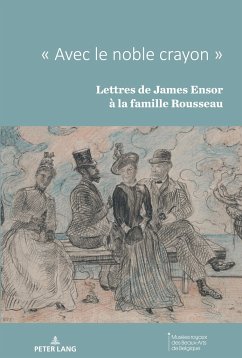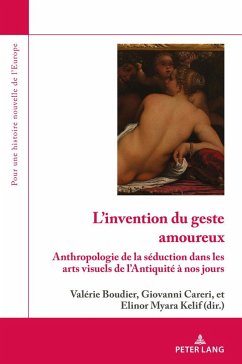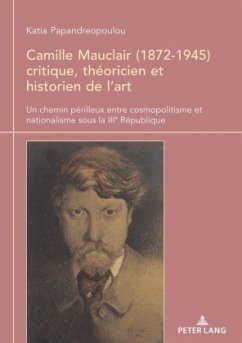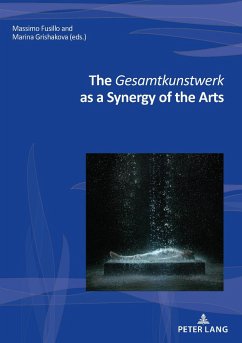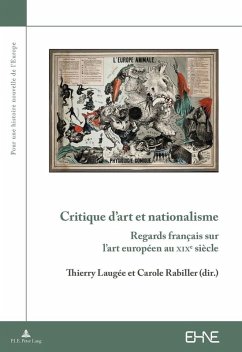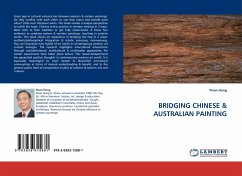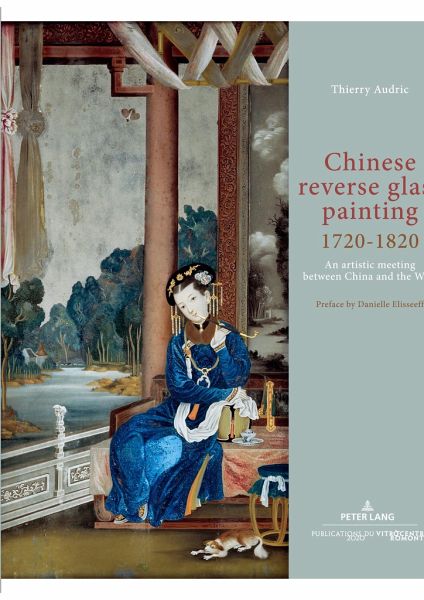
Chinese reverse glass painting 1720-1820
An artistic meeting between China and the West. Preface by Danielle Elisseeff
Versandkostenfrei!
Versandfertig in 1-2 Wochen
77,80 €
inkl. MwSt.

PAYBACK Punkte
0 °P sammeln!
Displaying a talent for combining aesthetic sensibility with scientific rigor, the author has given new life to something that once excited European passions: an original, non-academic art at the forefront of the 'new technology' of the time. For decades, aristocrats of the Old World and then American collectors (the latter at the end of the eighteenth and beginning of the nineteenth centuries) spent countless sums on the purchase of these works, which were worth a fortune. These wealthy collectors of curiosities of all types were also most certainly great dreamers seeking a worthy setting for...
Displaying a talent for combining aesthetic sensibility with scientific rigor, the author has given new life to something that once excited European passions: an original, non-academic art at the forefront of the 'new technology' of the time. For decades, aristocrats of the Old World and then American collectors (the latter at the end of the eighteenth and beginning of the nineteenth centuries) spent countless sums on the purchase of these works, which were worth a fortune. These wealthy collectors of curiosities of all types were also most certainly great dreamers seeking a worthy setting for their dreams. Unbeknownst to them, their endeavours had much greater scope, creating and nourishing the conditions for a rare encounter between two worlds: a golden age of atypical collaboration, a combined adventure between China and Europe.




